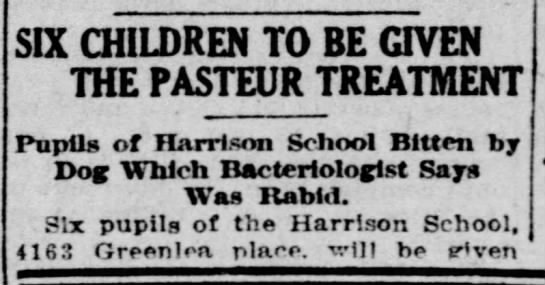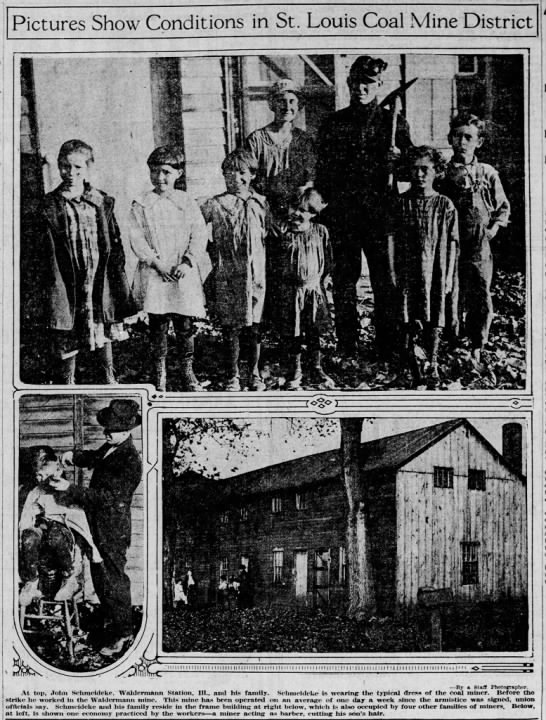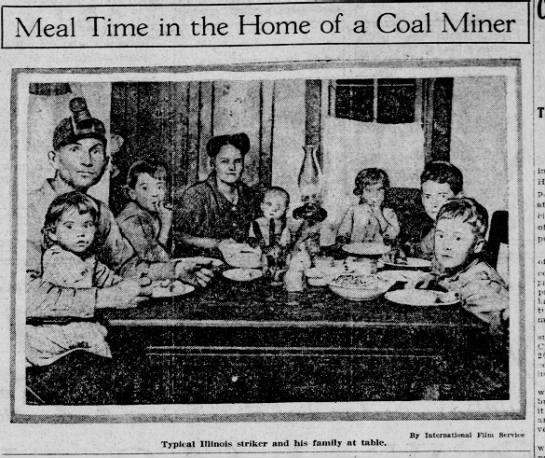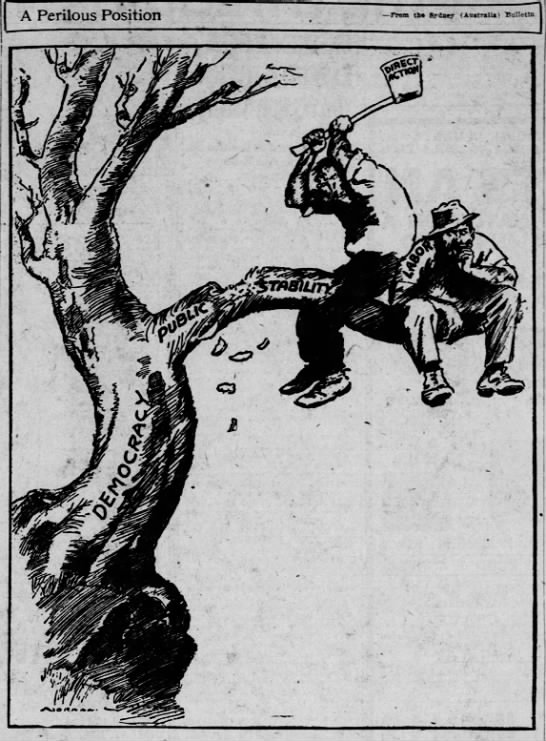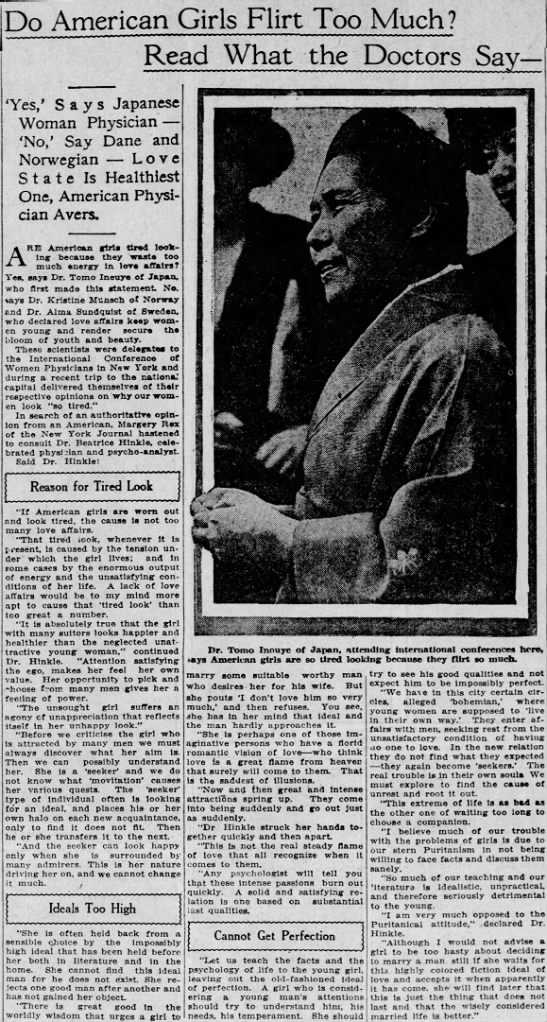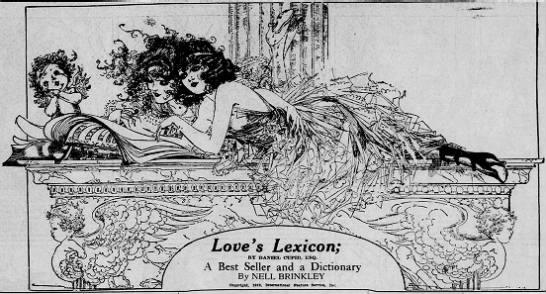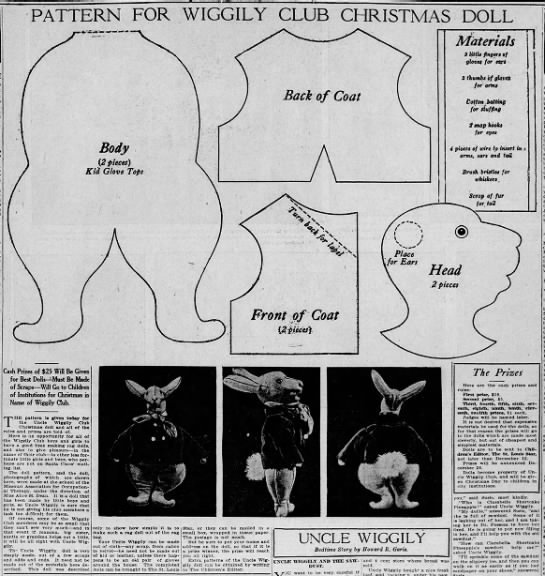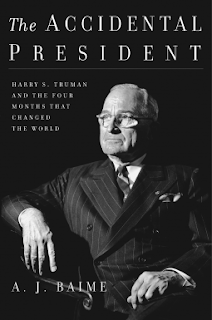
Nobody's free until everybody's free. ~ Fannie Lou HamerI first heard of Fannie Lou Hamer when I was struggling to find a focus for a quilt celebrating women's contributions to freedom. I contacted a professor of African American Studies at our son's school who referred me to Freedom's DaughtersThe Unsung Heroines of the Civil Rights Movement from 1830 to 1970 by Lynn Olson. It was just the inspiration I needed.
 |
| Fannie Lou Hamer, I Will Life My Voice Like a Trumpet by Nancy A. Bekofske |
At the heart of Hamer's story is the fight to end voter discrimination, a battle that is ongoing to this very day. People in power are afraid of the power of the people and use every method possible to limit their voice.
For Hamer, seeking to vote in Mississippi in the 1960s, that fight included huge sacrifices. Arrested, beaten, and raped, the attack permanently destroyed her health.
Hamer could not be stopped. She knew first hand the suffering of the people. Her own daughter was a victim of malnutrition and the lack of affordable and available health care. Hamer saw her beloved community starving when the cotton jobs disappeared. White Supremacists literally blocked governmental assistance. Without a political voice, the poor--white and black--were powerless victims.
 |
| quotation from Fannie Lou Hamer on I Will Lift My Voice Like a Trumpet by Nancy A. Bekofske |
Hamer's crusade was born in her Christian faith and she raised her voice in hymns and speeches across the country, working with all the important leaders from Malcolm X and Stokley Carmichael to Martin Luther King, Jr. and John Lewis.
Hamer was broadly a human rights activist. As a Black Feminist, she appeared with Gloria Steinem and Betty Friedan. Hamer was pro-life, distraught over a forced hysterectomy. She was an anti-war voice.
Hamer didn't only talk and sing, she ran for political office and created the Freedom Farm Collective to provide food to thousands in her starving county.
Give us food and it will be gone tomorrow. Give us land and the tools to work it and we'll feed ourselves forever.~ Fannie Lou HamerHamer's life demonstrates the power of 'ordinary people.' As a nation, we remember Martin Luther King, Jr. and other African American leaders of the Civil Rights Movement, especially the martyrs who gave their lives. It is important that we remember women like Hamer who rose up from the most powerless class in America and relentlessly stood up to power.
Brooks has given us a heroine whose example is much needed in these troubling times.
 |
| Fannie Lou Hamer on I Will Lift My Voice Like a Trumpet by Nancy A. Bekofske |
I was given access to a free egalley by the publisher through NetGalley. My review is fair and unbiased.
Fannie Lou Hamer: America's Freedom Fighting Woman
by Maegan Parker Brooks
Rowman & Littlefield
Pub Date: March 1, 2020
ISBN: 9781538115947
PRICE: $34.00 (USD)
 |
| With my quilt I Will Lift My Voice Like A Trumpet at AQS Grand Rapid 2013 |

